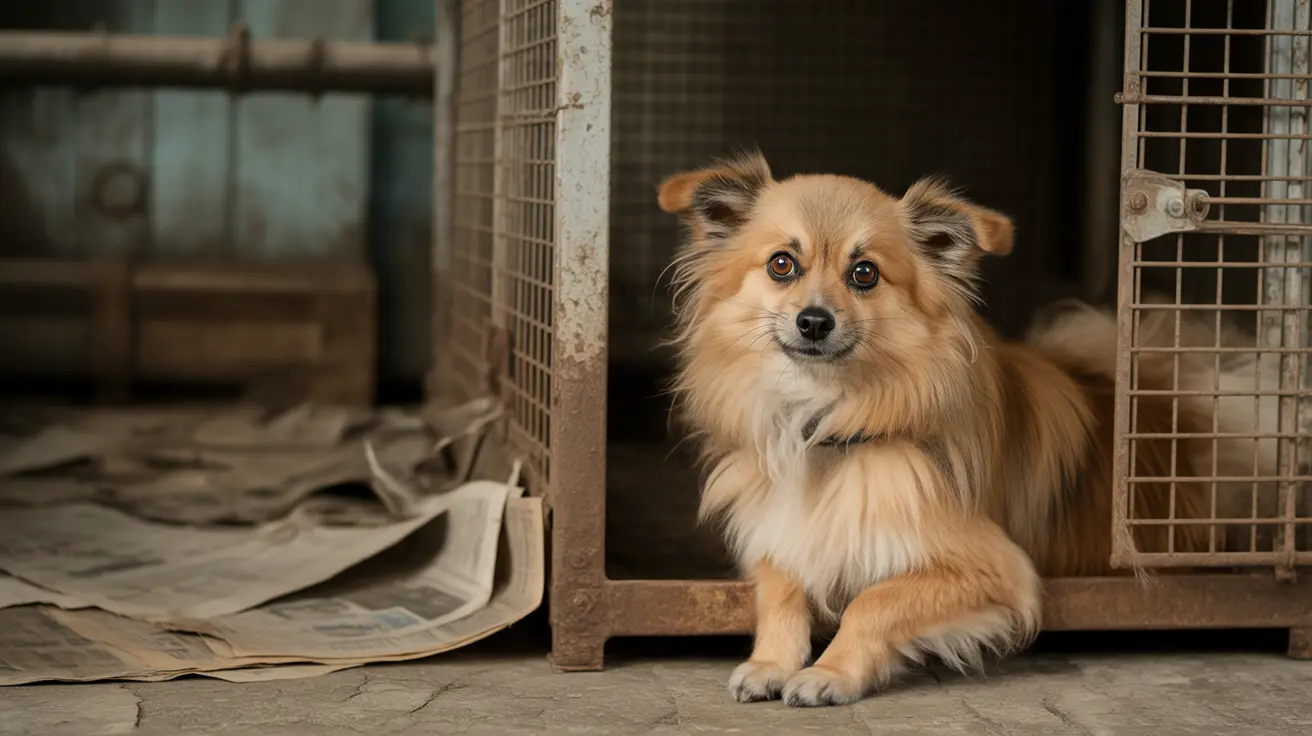What Are Particles in Cat Pee?
When examining your cat's urinary health, you might notice unusual particles in their pee. These particles can range from microscopic crystals to more substantial sediments, and their presence often signals important information about your cat's health. Understanding what these particles mean could be crucial for your pet's wellbeing.
Different types of particles in cat pee can indicate various health conditions, from minor issues to serious medical concerns requiring immediate veterinary attention. These particles might include crystals, casts, blood cells, or other debris that can provide valuable diagnostic clues for veterinarians.
Common Types of Urinary Particles
Crystals and Sediments
The most frequently observed particles in cat pee are crystals, particularly struvite and calcium oxalate crystals. These microscopic formations can appear like sand or small stones and may lead to more serious conditions if left untreated. While some crystal formation is normal, excessive amounts can indicate underlying health issues.
Cellular Casts and Debris
Cellular casts are tube-shaped particles that form in the kidneys and can appear in urine. These structures may contain various cells, proteins, or other materials and often indicate kidney inflammation or infection. The presence of these casts usually requires medical evaluation.
Signs and Symptoms to Watch For
Cat owners should be alert to several warning signs that might indicate problematic particles in their pet's urine:
- Cloudy or discolored urine
- Straining during urination
- Frequent trips to the litter box
- Blood in the urine
- Urinating outside the litter box
- Signs of pain while urinating
Prevention and Management
Diet and Hydration
Proper nutrition and adequate water intake play crucial roles in preventing urinary particles. A balanced diet appropriate for your cat's age and health status can help maintain healthy urinary pH levels and reduce crystal formation. Increasing water consumption through wet food or pet fountains can help dilute urine and flush out potential particles.
Environmental Factors
Stress reduction and environmental enrichment can significantly impact urinary health. Ensure your cat has:
- Clean, accessible litter boxes
- Multiple water sources
- Comfortable resting areas
- Regular exercise opportunities
- Stress-free feeding locations
When to Seek Veterinary Care
Immediate veterinary attention is necessary if you notice:
- Complete inability to urinate
- Excessive straining with little or no urine output
- Signs of severe pain or distress
- Blood in the urine
- Significant behavioral changes related to urination
Frequently Asked Questions
What do particles in cat urine mean, and how serious is it?
Particles in cat urine can indicate various conditions, ranging from minor crystal formation to serious kidney disease. The severity depends on the type of particles present and associated symptoms. While some particles might be harmless, others can signal serious conditions requiring immediate medical attention.
How do I know if my cat has urinary crystals, and what are the symptoms?
Signs of urinary crystals include frequent urination, straining in the litter box, blood in urine, and urinating outside the box. You might also notice your cat licking their genital area excessively or showing signs of discomfort. Only a veterinarian can definitively diagnose crystal presence through urinalysis.
What causes particles like casts and crystals in a cat's urine, and how can I prevent them?
Particles can form due to diet, dehydration, infections, or underlying health conditions. Prevention includes ensuring proper hydration, feeding appropriate diets, maintaining clean litter boxes, and reducing stress. Regular veterinary check-ups can help catch issues early.
How do I diagnose and treat urinary issues in cats, including particles in the urine?
Diagnosis requires veterinary examination, including urinalysis and possibly imaging tests. Treatment varies based on the underlying cause but may include dietary changes, increased water intake, medications, or in severe cases, surgery.
Can diet and hydration affect the formation of particles in my cat's urine, and how can I manage this?
Yes, diet and hydration significantly impact urinary particle formation. Feeding appropriate wet food, ensuring multiple fresh water sources, and following veterinary dietary recommendations can help manage and prevent particle formation.
Conclusion
Understanding and monitoring particles in cat pee is crucial for maintaining your feline friend's health. While some particles may be harmless, others can indicate serious conditions requiring prompt medical attention. Regular veterinary check-ups, proper nutrition, and attention to your cat's urinary habits are key to preventing and managing urinary health issues.






